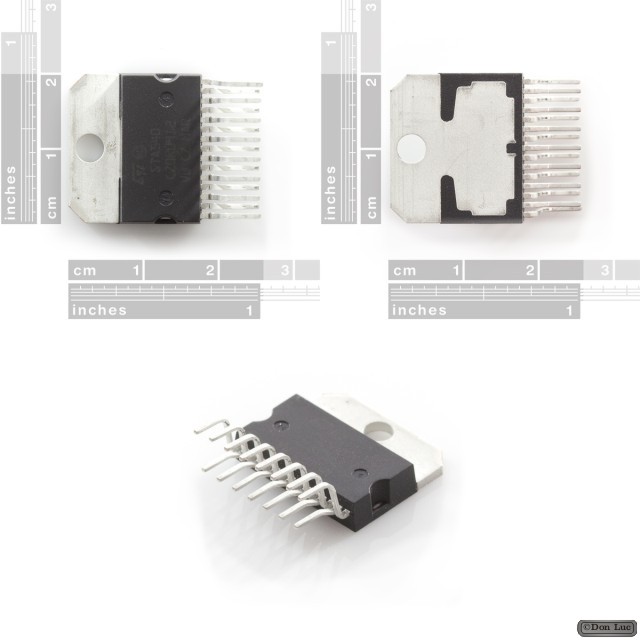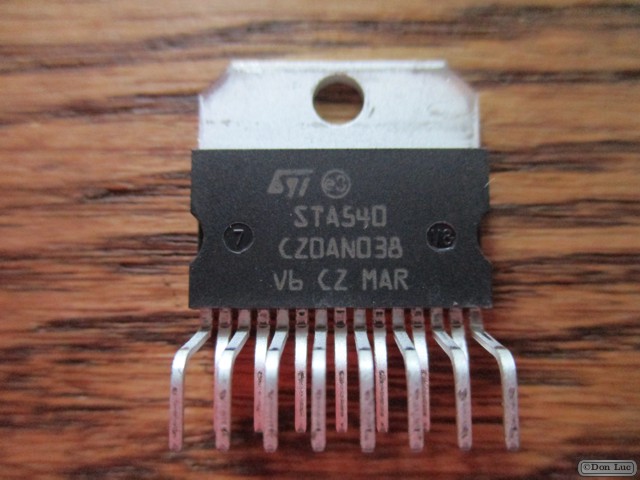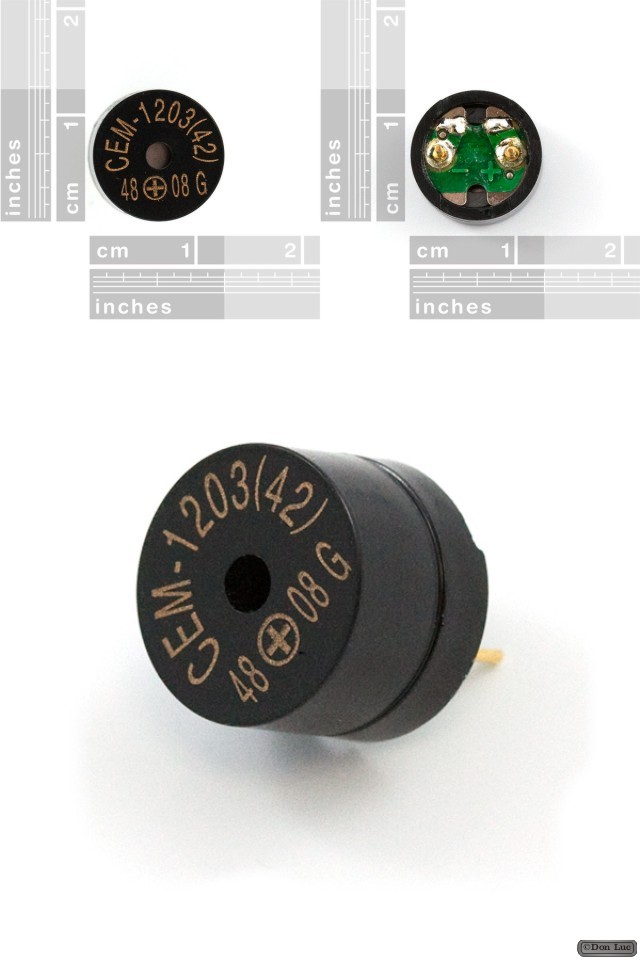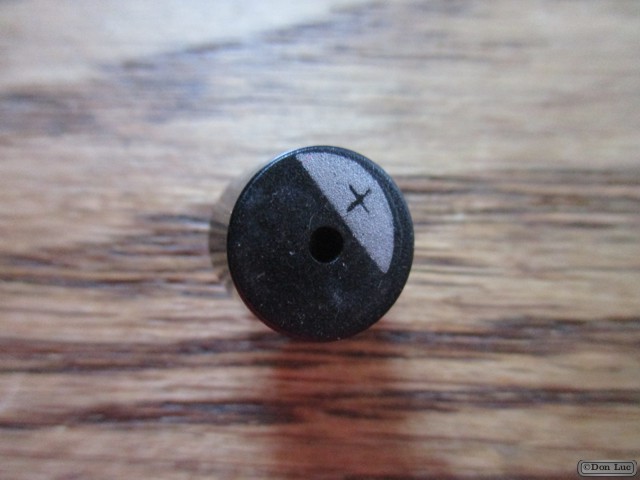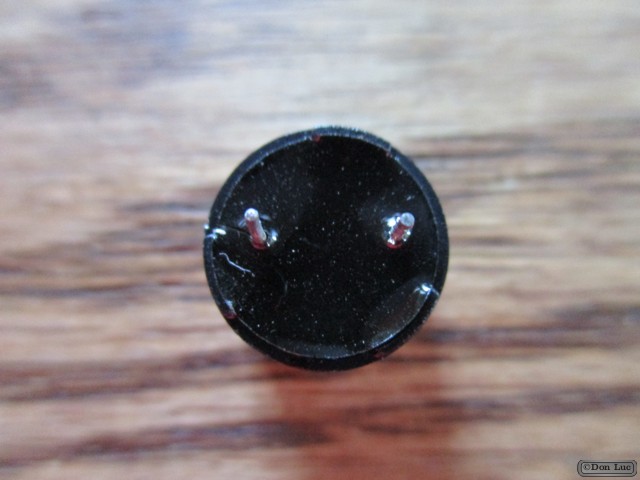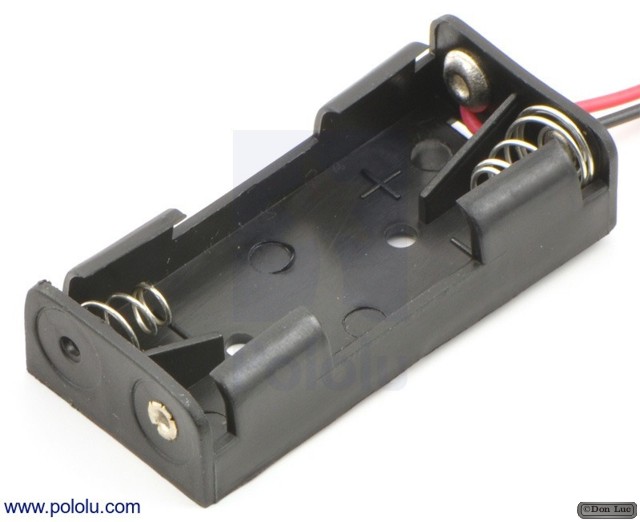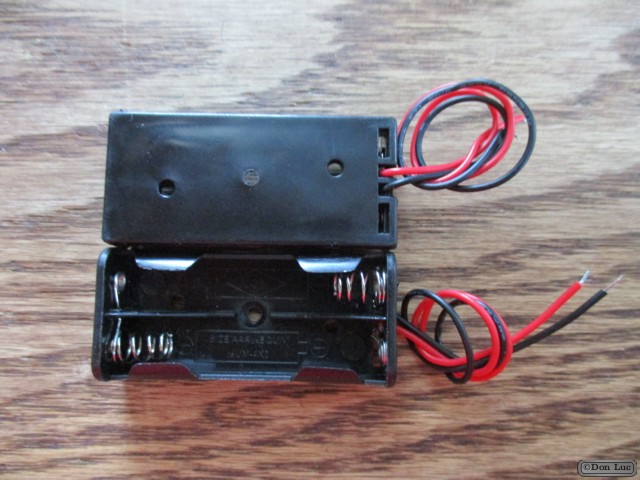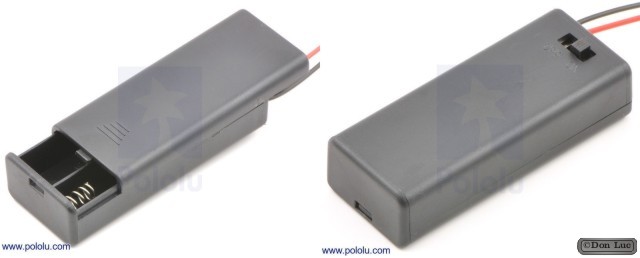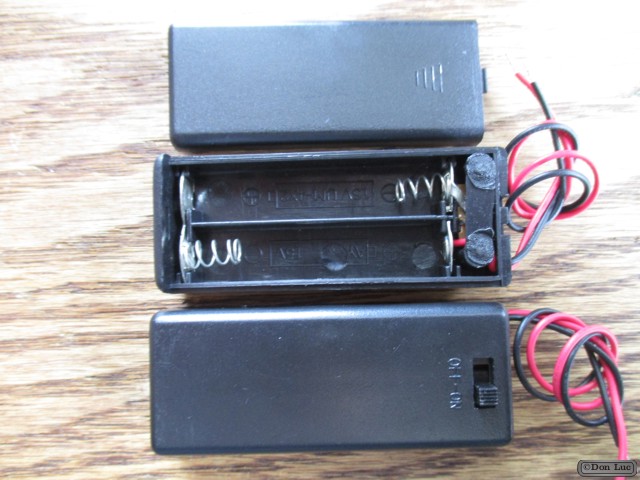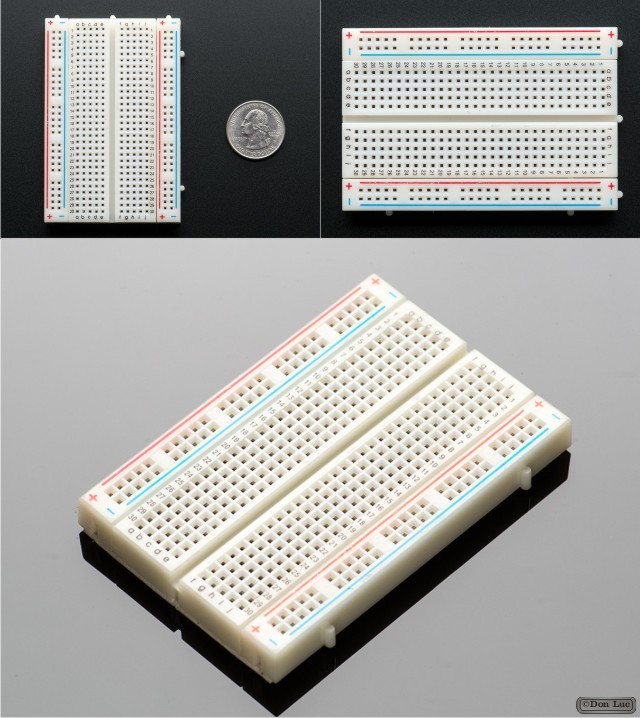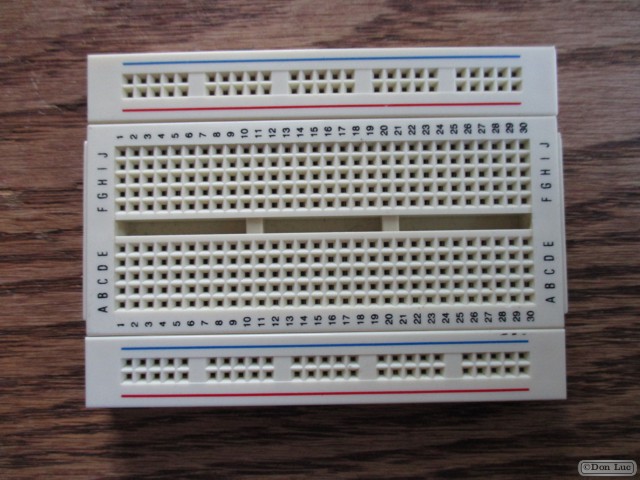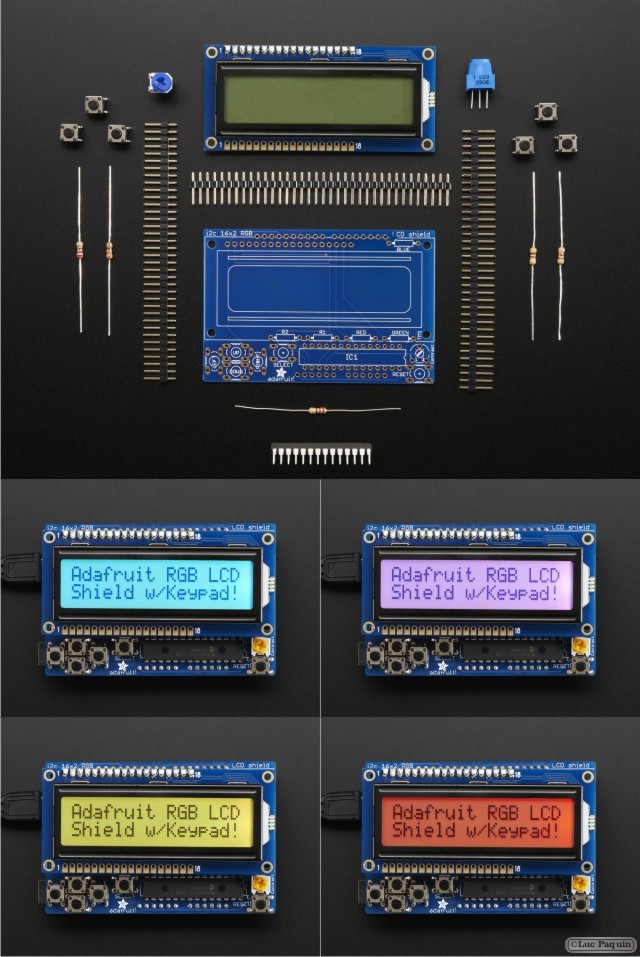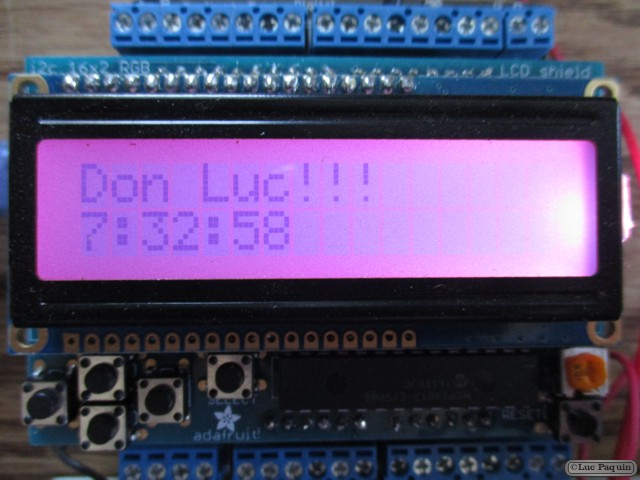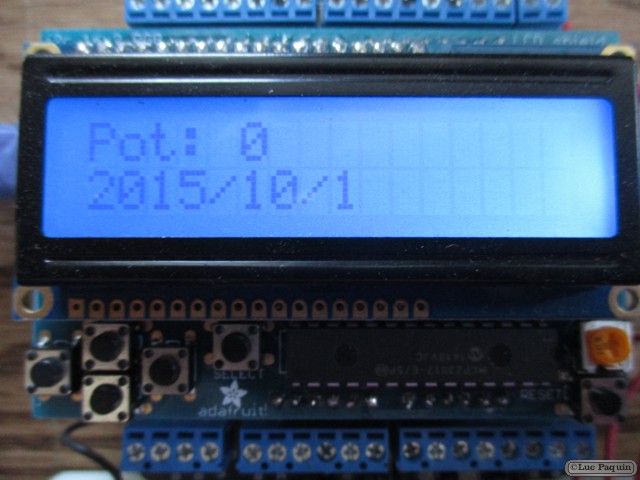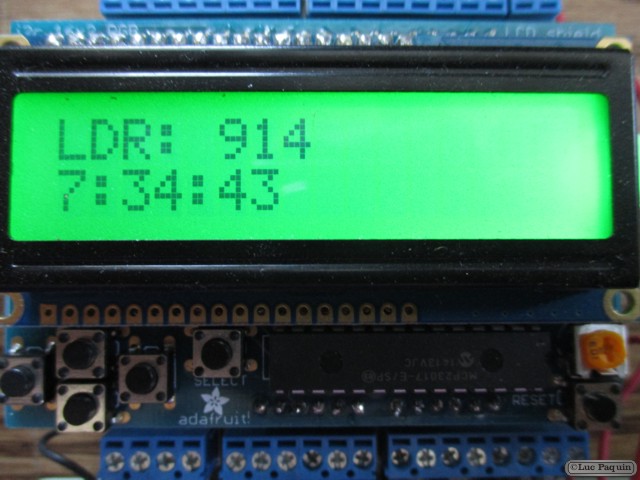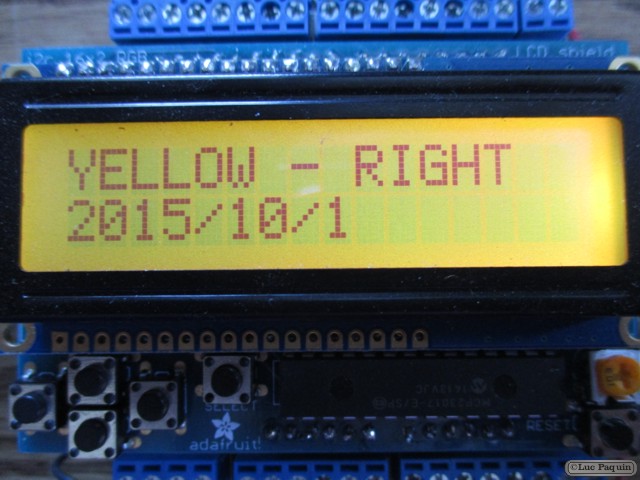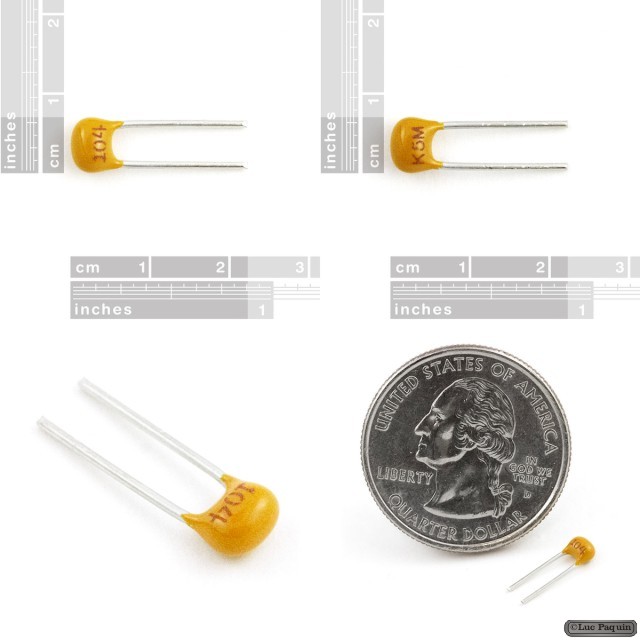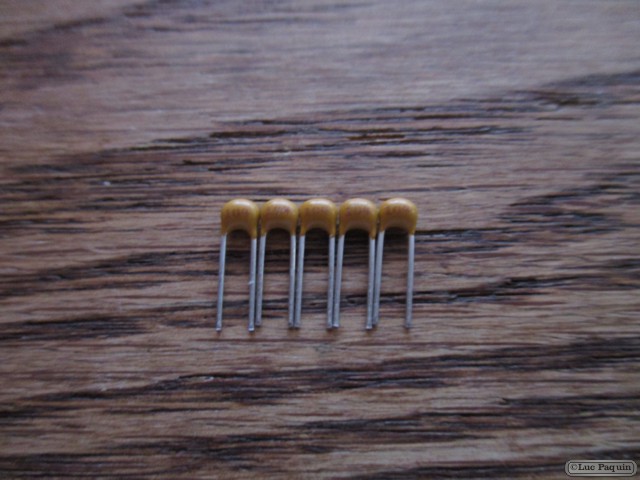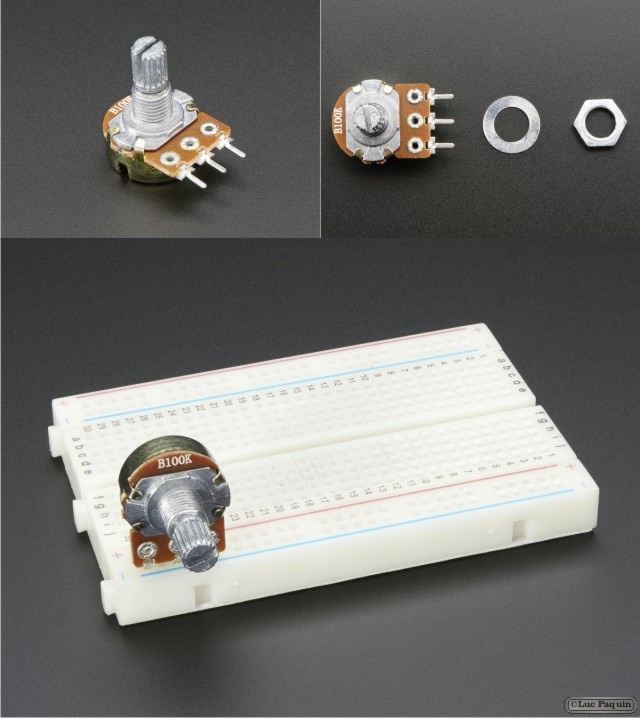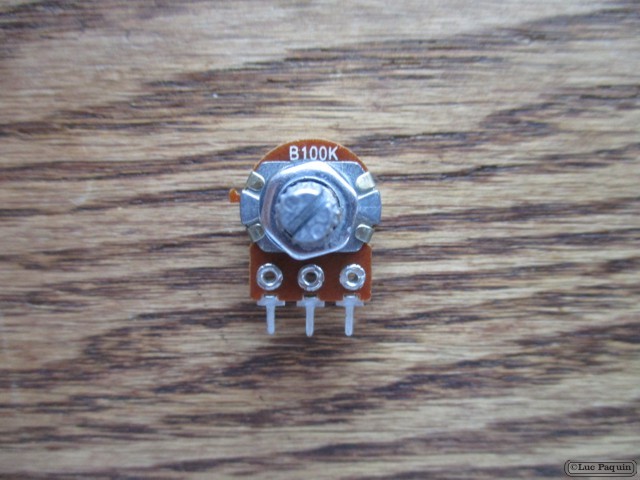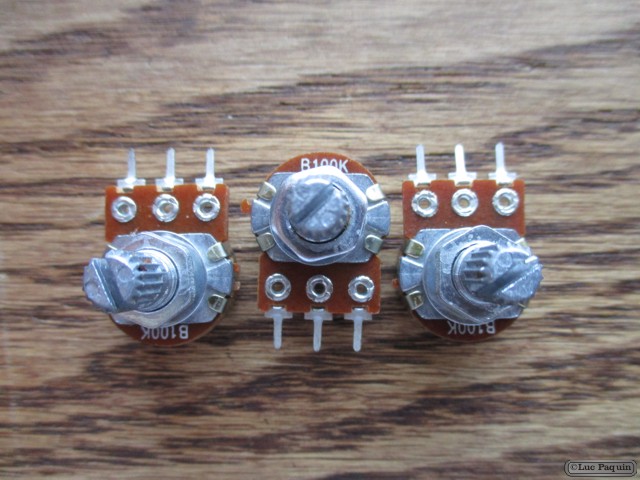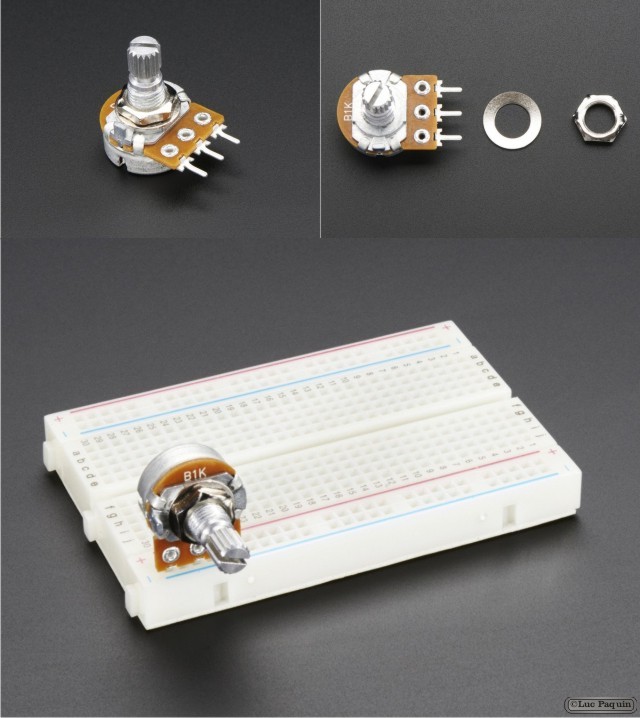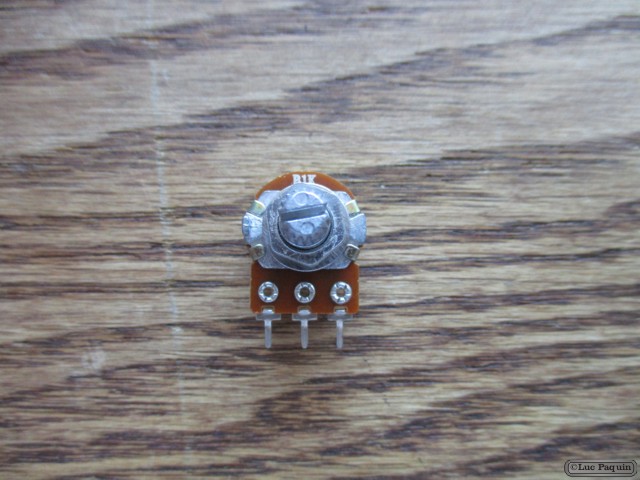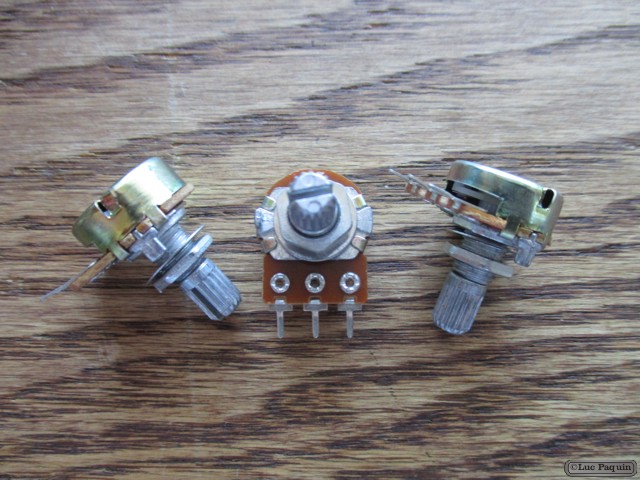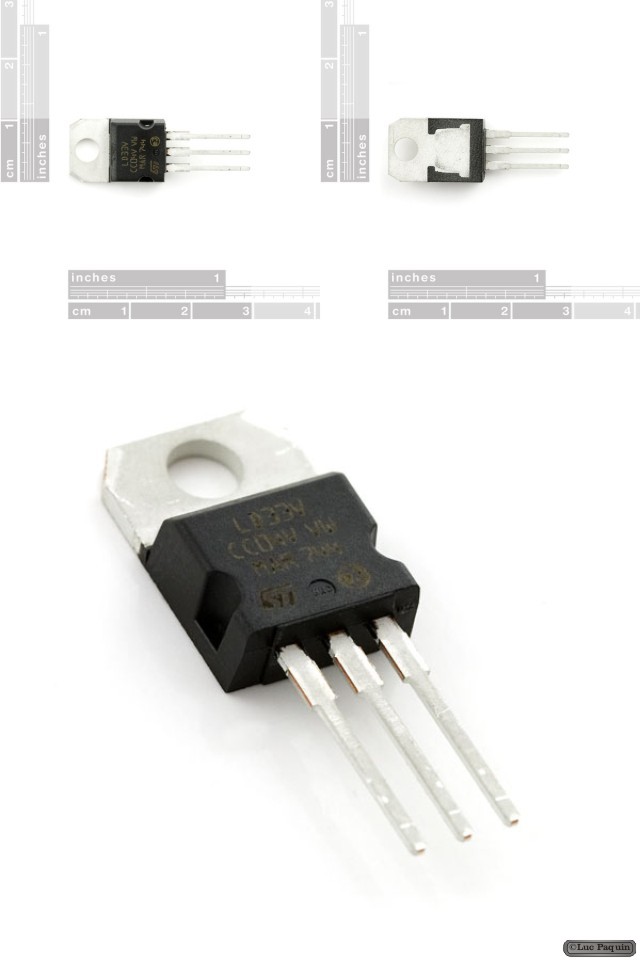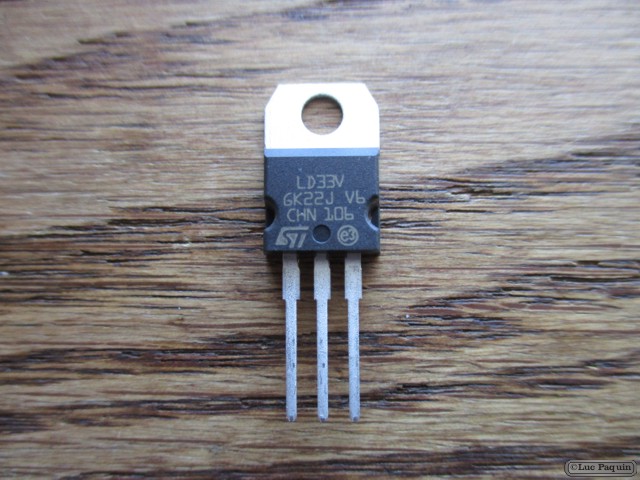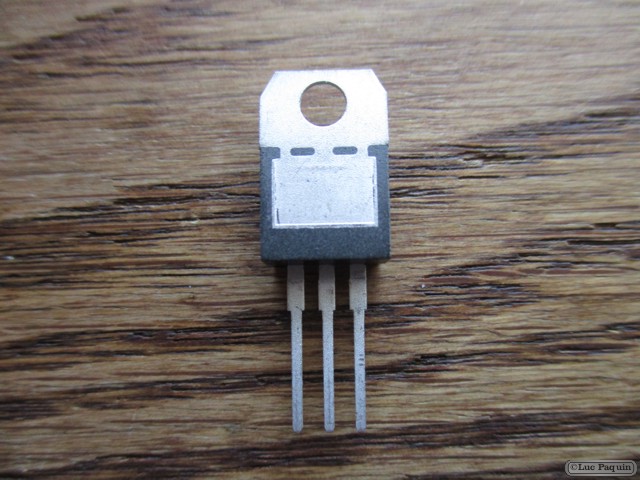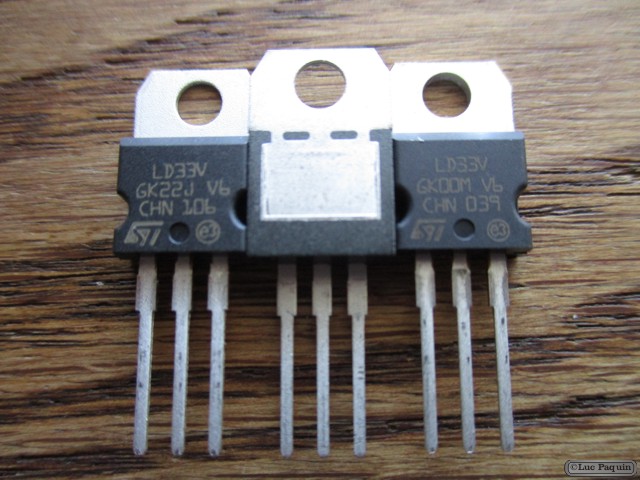Musical Instruments
Musical Instruments
SparkFun – Dual/Quad Power Amplifier – STA540
SparkFun: COM-09557
Description: The STA540 from STMicro is a 4-channel, class AB audio amplifier designed for high quality sound applications. The four independent channels makes this amplifier a great choice for a number of projects, with needs ranging from four speakers stereo (F/R) to two-speaker bridge solutions. The chip accepts a voltage supply ranging from 8 to 22VDC and has very high output power capability.
This chip comes in a staggered-lead Multiwatt-15 package. While our breakout board for the L298N isn’t designed for it specifically, it will breakout out all pins of the STA540 to a more standard single row of 0.1″ pitch headers. Also, keep an eye out for some upcoming amplifier products based on this chip!
It works great with the 6400BG Heatsink!
Features:
- High output power capability
- Standby function (CMOS compatible)
- Minimum external components count:
- no bootstrap capacitors
- no Boucherot cells
- internally fixed gain 20 dB
- No audible pop during standby operations
- Diagnostic facilities:
- clip detector
- output to GND short-circuit detector
- output to VS short-circuit detector
- soft short-circuit check at turn-on
- thermal shutdown warning
- Output AC/DC short circuit protection
- Soft short-circuit check at turn-on
- Thermal cutoff/limiter to prevent chip from overheating
Don Luc
SparkFun – Piezo Speaker – PC Mount 12mm 2.048kHz
SparkFun: COM-07950
Description: This is a small 12mm round speaker that operates around the audible 2kHz range. You can use these speakers to create simple music or user interfaces.
Each speaker is PTH solderable and requires an operating voltage of 3.5-5V with a mean current of 35mA max. These speakers also have a typical sound output of 95 dBA and a coil resistance of 42 ±6.3 ohms. Many people call this a buzzer but it is not. The piezo element requires a square wave (common from most microcontrollers) to produce a tone.
Don Luc
Pololu – 2-AAA Battery Holder
Pololu: 1141
This battery holder features two 6″, 24-gauge leads that have 5 mm of insulation stripped off of the ends.
Description
This battery holder features two 6″, 24-gauge leads that have 5 mm of insulation stripped off of the ends.
Dimensions
- Size: 53 × 24 × 13 mm
- Weight: 0.15 oz
General Specifications
- Lead length: 6 in
- Cells: 2
- Cell type: AAA
Don Luc
Pololu – 2-AAA Battery Holder, Enclosed with Switch
Pololu: 1143
Enclosed battery holder for two AAA cells. This holder features a lid that slides over the batteries and snaps into place to fully enclose them. It also features a switch that lets you open and close the electrical connection between the batteries and the holder’s leads.
Description
This battery holder features two 6″, 24-gauge leads that have 5 mm of insulation stripped off of the ends.
Dimensions
- Size: 63 × 26 × 16 mm
- Weight: 0.45 oz
General Specifications
- Lead length: 6 in
- Cells: 2
- Cell type: AAA
Notes: Switch adds 2 mm to the height.
Don Luc
Adafruit – Half-Size Breadboard
Adafruit: 64
Description
This is a cute half size breadboard, good for small projects. It’s 2.2″ x 3.4″ (5.5 cm x 8.5 cm) with a standard double-strip in the middle and two power rails on both sides. You can pull the power rails off easily to make the breadboard as thin as 1.4″ (3.5cm) and stick it onto an Arduino protoshield. You can also cut these in half with a saw to create 2 tiny breadboards, or “snap” these breadboards together either way to make longer and/or wider breadboards.
Technical Details
Dimensions:
- 2.2″ x 3.4″ (5.5 cm x 8.5 cm)
- 9.7mm(0.38in) thick, including sticky foam on the bottom
- Weight: 38.9g (1.27oz)
Don Luc
Adafruit – RGB LCD Shield Kit w/ 16×2 Character Display – Only 2 pins used! – Positive Display
Adafruit: 716
Description
This new Adafruit shield makes it easy to use a 16×2 Character LCD. We really like the RGB LCDs we stock in the shop both the RGB negative and RGB positive. Unfortunately, these LCDs do require quite a few digital pins, 6 to control the LCD and then another 3 to control the RGB backlight for a total of 9 pins. That’s half of the pins available on a classic Arduino!
With this in mind, we wanted to make it easier for people to get these LCD into their projects so we devised a shield that lets you control a 16×2 Character LCD, up to 3 backlight pins AND 5 keypad pins using only the two I2C pins on the Arduino! The best part is you don’t really lose those two pins either, since you can stick i2c-based sensors, RTCs, etc and have them share the I2C bus. This is a super slick way to add a display without all the wiring hassle.
This shield is perfect for when you want to build a stand-alone project with its own user interface. The 4 directional buttons plus select button allows basic control without having to attach a bulky computer.
The shield is designed for ‘classic’ Arduinos such as the Uno, Duemilanove, Diecimilla, etc. It uses the I2C pins at Analog 4 and Analog 5. It will also work perfectly with Arduino Mega R3’s which have the extra SDA/SCL I2C pins broken out. Earlier Mega’s have the I2C pins in a different location and will require you to solder two wires from the I2C pins on the shield and plug them into the different I2C locations at Digital 20 & 21. This shield will not fit easily on top of an Arduino Ethernet because of the Ethernet jack height. You can use a set of stacking headers to give the shield more ‘lift’ above the jack.
This product comes as a kit! Included is a high quality, USA-made PCB and all the components (buttons, header etc). This product comes with a 16×2 RGB positive. Assembly is easy, even if you’ve never soldered before and the kit can be completed in 30 minutes. Check the product tutorial page for assembly instructions before purchasing
Of course, we even wrote an easy-to-use Arduino library that you can easily add to your project. It acts just like the built in LiquidCrystal library, but automatically uses the shield pins. You can also easily query the 5 keypad buttons to get input through the library, so you get extra buttons without using any more pins. The buttons are automatically de-bounced inside the library.
At this time, the library and shield can control the RGB backlight of our character LCDs by turning each LED on or off. This means you can display the following colors: Red, Yellow, Green, Teal, Blue, Violet, White and all off. There is no support for PWM control of the backlight at this time, so if you need to have more granular control of the RGB backlight to display a larger range of colors, this shield can’t do that (the I2C expander does not have PWM output).
Technical Details
- Dimensions: 2.1″ x 3.2″
- Comes with a 16×2 RGB backlight LCD, positive display
- Plug and play with any Arduino ‘classic’ – UNO, duemilanove, diecimilla, etc as well as Arduino Mega R3.
- Uses only the I2C pins – Analog 4 & 5 on classic Arduinos, Digital 20 and 21 on Arduino Mega R3
- This board/chip uses I2C 7-bit address 0x20
- Mounting hole size is 2.5mm
Don Luc
SparkFun – Capacitor Ceramic 0.1uF
Adafruit – Panel Mount 100K potentiometer (Breadboard Friendly) – 100KB
Adafruit: 1831
Description
This potentiometer is a two-in-one, good in a breadboard or with a panel. Its a fairly standard linear taper 100K ohm potentiometer, with a grippy shaft. Its smooth and easy to turn, but not so loose that it will shift on its own. We like this one because the legs are 0.2″ apart with pin-points, so you can plug it into a breadboard or perfboard. Once you’re done prototyping, you can drill a hole into your project box and mount the potentiometer that way.
Technical Details
Dimensions:
- Body: 16mm / 0.6″
- Body Circumference: 50mm / 2″
- Shaft Length: 15mm / 0.6″
- Weight: 6g
- 100K ohm potentiometer, linear taper
- 100,000 Cycle Life
- Rotational Travel: 300 °
- Static Stop Strength: 90 oz-in
- Rotational Torque: 0.5 to 1.25 oz-in
Don Luc
Adafruit – Panel Mount 1K potentiometer (Breadboard Friendly) – 1K Linear
Adafruit: 1789
Description
This 1K potentiometer is a two-in-one, good in a breadboard or with a panel. Its a fairly standard linear taper 1K ohm potentiometer, with a grippy shaft. Its smooth and easy to turn, but not so loose that it will shift on its own. We like this one because the legs are 0.2″ apart with pin-points, so you can plug it into a breadboard or perfboard. Once you’re done prototyping, you can drill a hole into your project box and mount the potentiometer that way.
Technical Details
- 1K ohm potentiometer, linear taper
- 100,000 Cycle Life
- Power: 0.2W
- Rotational travel: 300 °
- Static Stop Strength: 90 oz-in
- Rotational Torque: 0.5 to 1.25 oz-in
Don Luc
SparkFun – Voltage Regulator – 3.3V
SparkFun: COM-00526
Description: This is the basic LD33V voltage regulator, a low drop positive regulator with a 3.3V fixed output voltage. This fixed regulator provides a great amount of stability and protection for your project and with its on ship trimming this regulator is able to reach an output voltage tolerance within ±1%. Each one of these voltage regulators can output a max current of 800mA.
Features:
- Output Voltage: 3.3V
- Output Current: 800mA
- Dropout Voltage: 1V
- Internal Current and Thermal Limit
Don Luc
